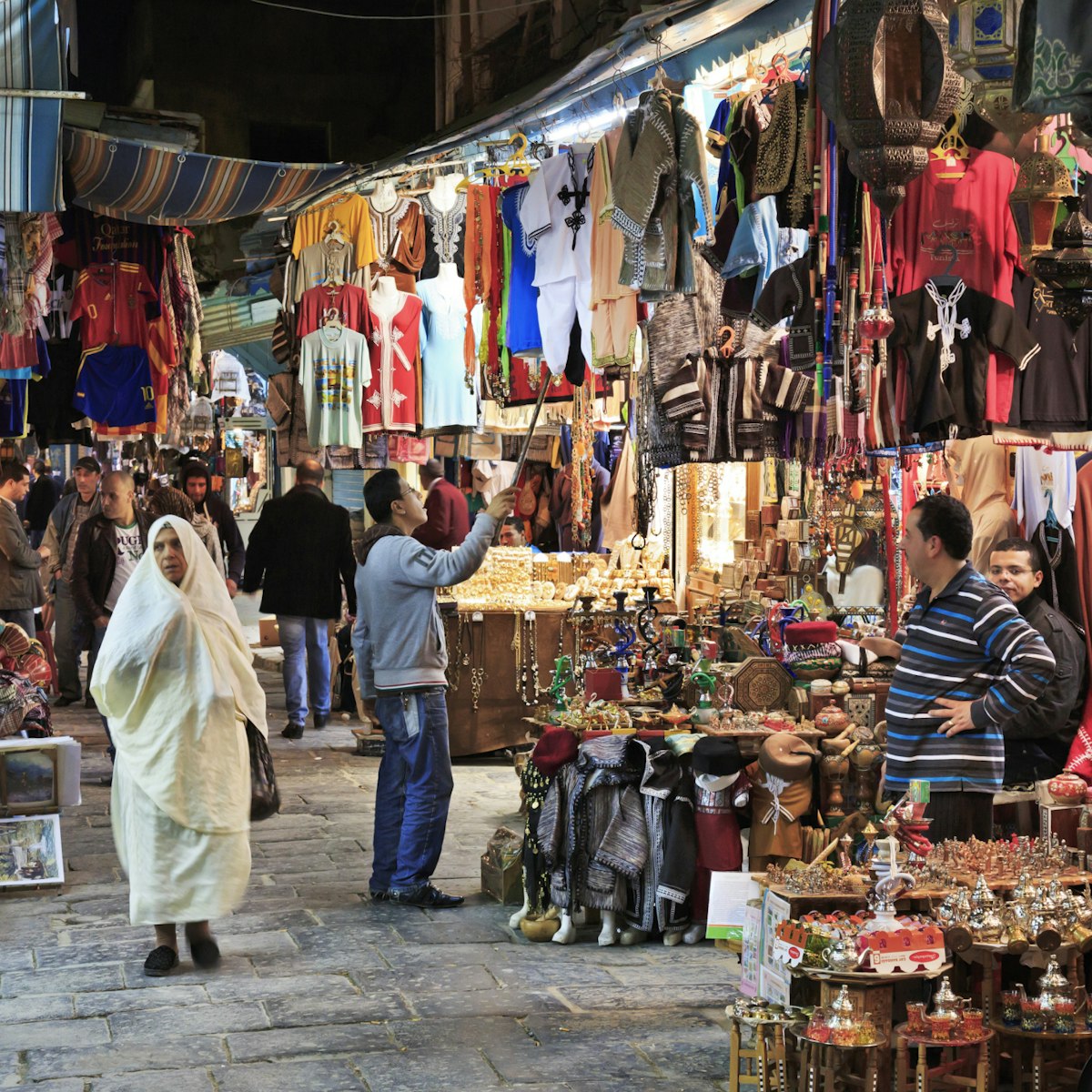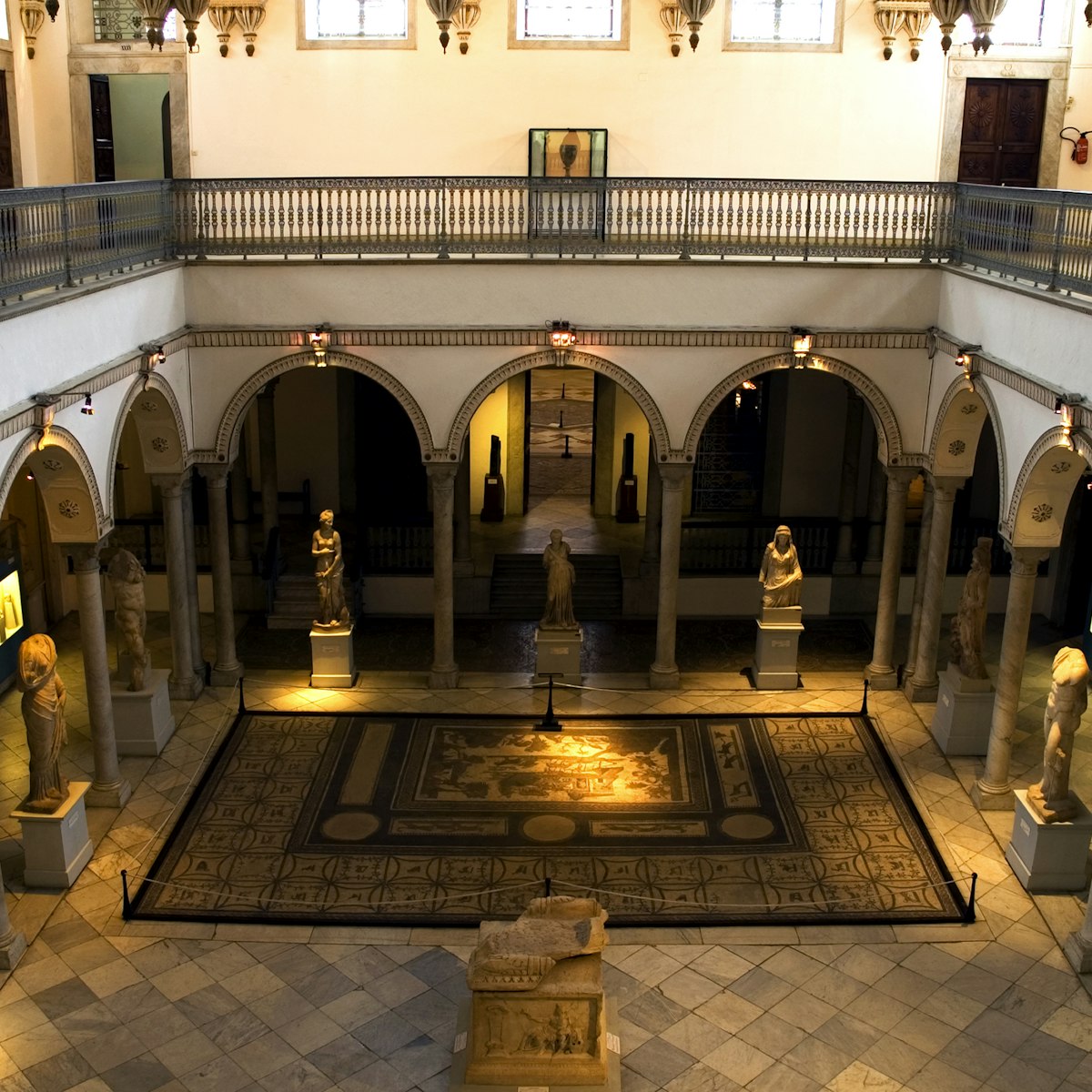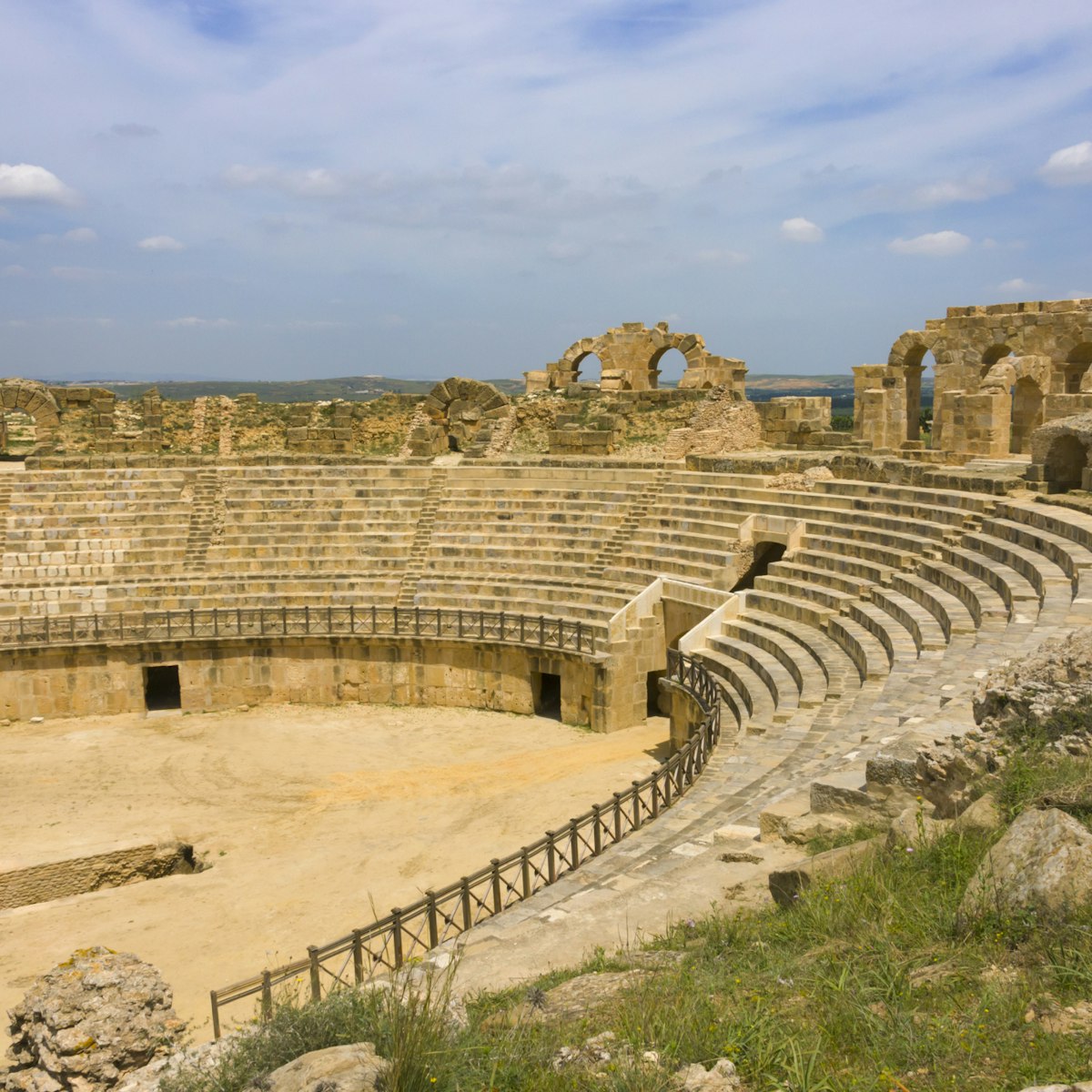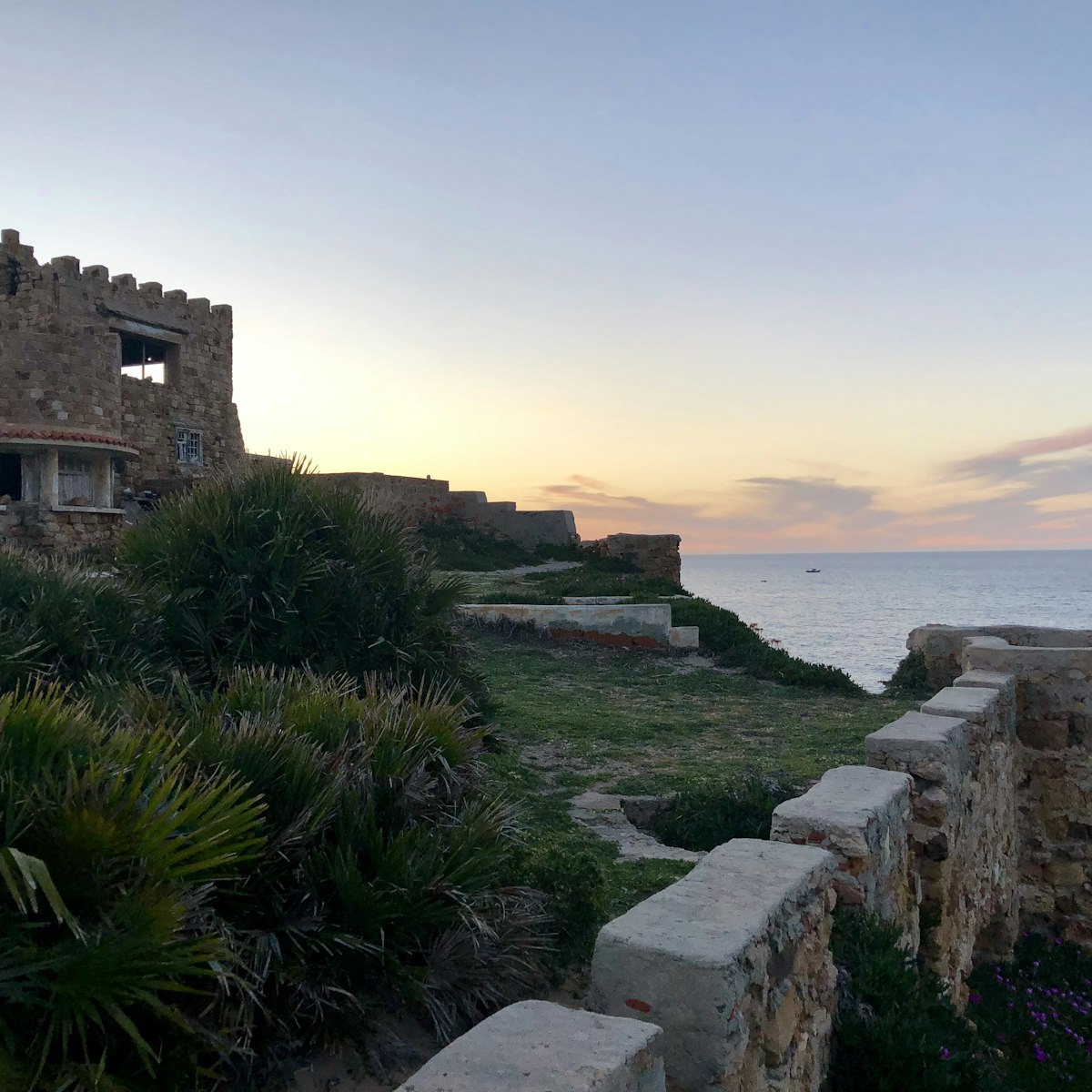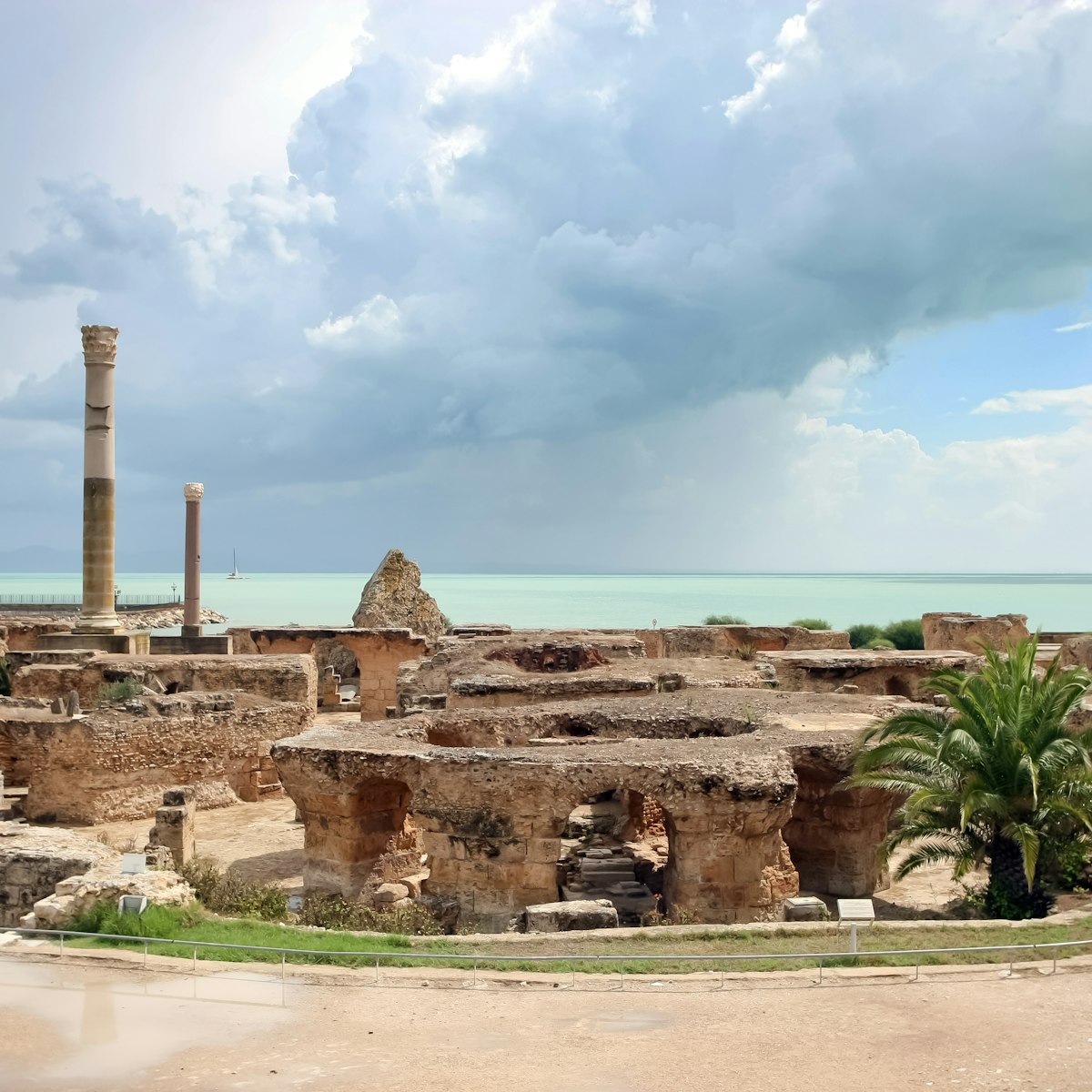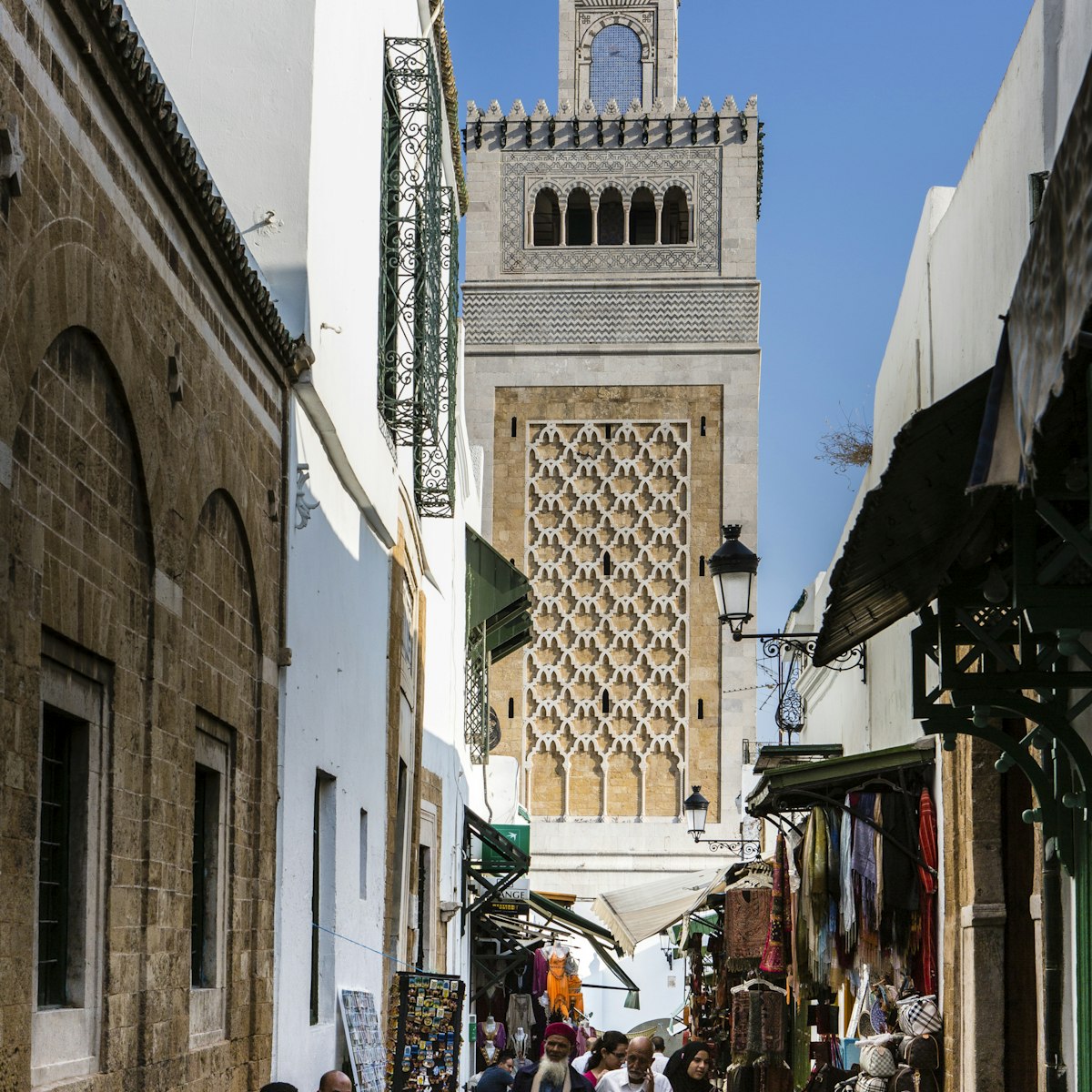Sitting on the crest of Byrsa Hill and housed in an early-20th-century building that once functioned as a Catholic seminary, this museum is one of the major draws of the Carthage site, but was closed for a major renovation in early 2018 and no reopening date is yet available. When works are complete, it is likely that many of the long-term exhibits will be retained. These include two magnificent 4th-century-BC stone-carved sarcophagi depicting an extraordinarily lifelike priest and priestess.
Other significant pieces in the museum's collection include a statue of a drunken Silenus leaning on a wine sack and attended by a Maenad.
